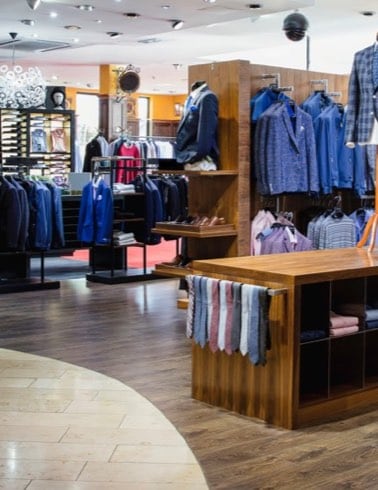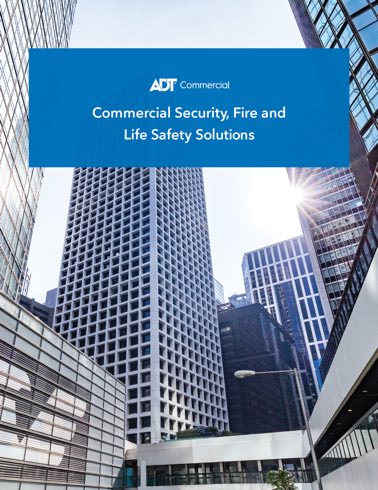*National Retail Federation Published Dec 15. “2020 Organized Retail Crime Survey.” NRF, nrf.com/research/2020-organized-retail-crime-survey.
Holistic, layered approach
In an already tough economy punctuated by higher losses from professional criminals, many retailers plan to defend against the risk by reinforcing solid security practices using a holistic, layered approach including advanced technologies.
Experienced shoplifters often steal a mix of valuable, high-end products (designer clothing, handbags, jeans, expensive liquor and electronics) with cheaper but easier to fence everyday necessities (laundry detergent, razors, deodorant, infant formula, pain killers and allergy medications). Specialty Electronic Article Surveillance (EAS) tags can help protect items in each category from security threats.
- Advanced EAS tags for boxed goods reduce theft of small electronics popular with sophisticated shoplifters. This solution is less obtrusive than familiar ‘spider wraps,’ allowing retailers to stack multiple EAS boxes on the shelf, slide them into carriers attached to the item and arm them with the flip of a switch. Once attached and armed, the tag can detect illicit tampering or removal and will self-alarm if there’s tampering, forced detachment or if it passes through the store’s EAS detection pedestals before proper removal.
- Analytic software can help retailers turn data into action by pinpointing when and where theft is occurring. Analytics are built into many of the newer security cameras and other devices, giving retailers better visibility into loss throughout the supply chain.
A growing preference among consumers during the pandemic is buying products online and then returning the items in store. Organized criminals are exploiting this trend.
New challenges
A growing preference among consumers during the pandemic is buying products online and then returning the items in store. Organized criminals are exploiting this trend as an opportunity for gift card fraud. So-called “boosters” steal merchandise and return it to the store for credit or gift cards, and then sell the merchandise or cards to secondary market buyers for cash.
- Resourceful retailers are responding by changing return policies, upgrading Point of Sale (POS) exception reporting and employing more sophisticated EAS and surveillance techniques. These methods can provide detailed visibility into inventory and seamless auditing capability to detect, deter and defend against this potential area of vulnerability.
- Live, customer-visible video monitors placed in the store are being installed more often by retailers as a way to deter both organized and more impulsive shoplifters.
- Perimeter lighting and other exterior physical barriers like roll downs similar to garage doors or bolsters offer an added layer of security by preventing vehicles from ramming through storefronts, a tactic employed by ORC gangs in smash-and-grab robberies.
Conclusion
Experiencing more shoplifting cases and higher losses due to ORC, retailers are relying on new technologies and strengthening proven best practices to reduce theft and loss from ORC and all sources while helping protect customers and staff.

Let’s start a conversation
We make it easy to switch providers, and our onboarding process is predictable, dependable and painless.





